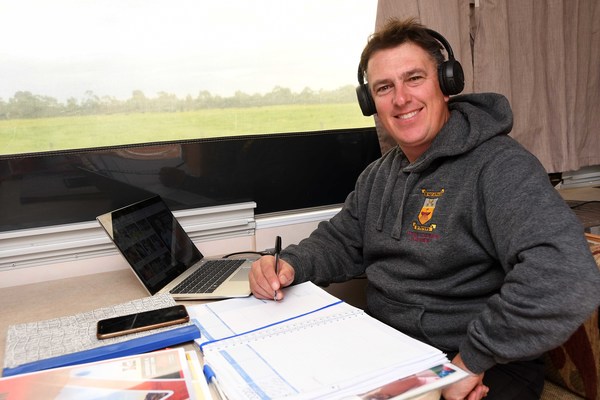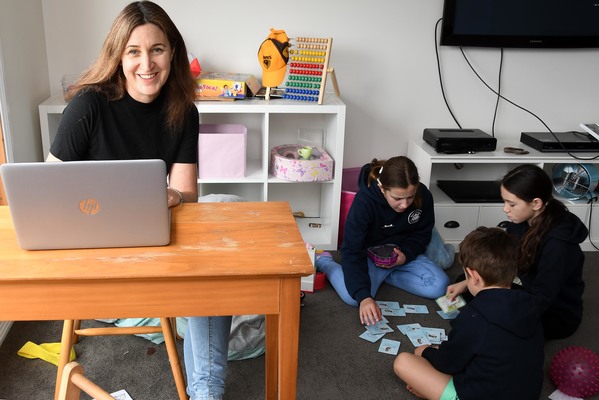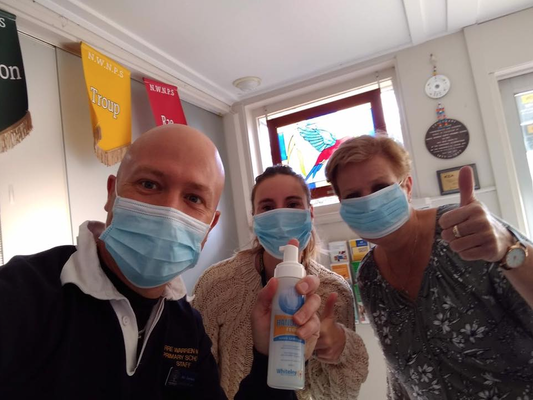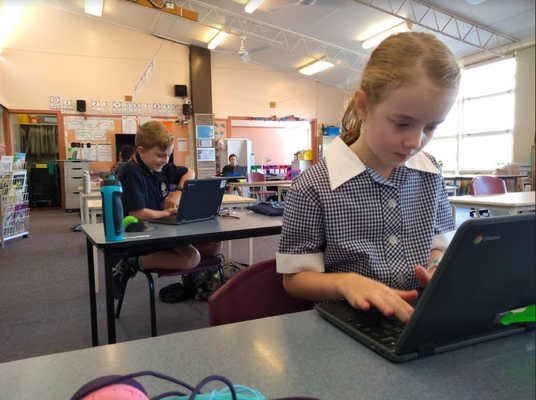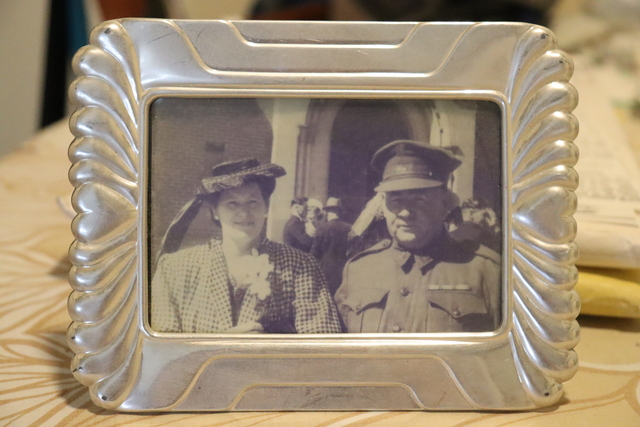The bell may have rung for the first day of term two – but there was a sullen silence that hung over the school grounds across Casey.
Classrooms were near-empty as thousands of parents heeded the advice of Victoria’s chief health officer by keeping their children at home due to coronavirus restrictions, which began Wednesday 15 April.
Chris Black, principal of St Peter’s College, which has campuses at Cranbourne and Clyde North, said while teaching remotely had proven to be “a strange environment,” he “couldn’t be happier” with the way the school had adjusted to the new schooling regime.
“The ability for us to be able to prepare for it, I think was really helpful,” he said, adding about 20 students had been attending classes across its both its campuses.
“It’s a work in progress but we’re more than satisfied with what we’ve been able to achieve.”
Narre Warren North Primary School principal Connie Vandervoort said despite some issues with technology, the first few days of remote learning had been “going really, really well”.
“I am really, really proud of the teachers with how they have stepped up,” she said.
“Every grade from prep to six has Google Classroom,” Ms Vandervoort said, with the school also adapting well to other forms of online video conferencing tools including Zoom and Google Meet.
“I was blown away by the positive comments from parents about how it’s going.”
The school was also running classes for about 20 children under the eye of teachers rotating on a roster to assist. The students, Ms Vandervoort said, were undertaking the same online classes as their classmates at home.
And while she understood the new learning environment was “really difficult,” Ms Vandervoort applauded the school’s teachers – whom she described as “amazing” – for stepping up to the challenge of delivering its education program.
Henry Grossek, principal of Berwick Lodge Primary School, said while parents had responded well some were “struggling to catch up with the technological aspects” with staff spending “considerable time daily in providing them with advice”.
“It is certainly not a level playing field for learning for all children, as the circumstances in every home are quite different and for some, unfortunately not good,” he said.
Mr Grossek was also confused as to why the Victoria’s remote learning model was at odds with the Prime Minister’s message which called on parents to send their children to school.
“Imagine classrooms with up to 30 children and schools with hundreds of children and scores of staff – that would result in total breach of all the social distancing guidelines,” he said.
“Put another way, children can’t attend a friend’s birthday party, but under the Prime Minister’s scenario, they would be side-by-side in classrooms for up to six hours a day. It makes no sense.”
However, Mr Grossek said it was important to acknowledge remote learning had created a “very real sense of togetherness and camaraderie” – which was “most heartening”.
Australian Education Union Victorian president Meredith Peace applauded teachers, principals and support staff who had “worked extremely hard” during a short time.
“We’ll keep working with our members and the Department of Education and Training to establish what is working well and what needs to be changed,” she said.
Independent Schools Victoria Victorian chief executive Michelle Green praised schools for facing the “extraordinary challenges” of remote learning, which she said was unsustainable for the long term.
“We agree with the Prime Minister – that face-to-face classroom teaching in dynamic school communities is the best way to deliver education,” she said.
Education Minister James Merlino thanked parents for their response: “The way our schools have worked through these issues has been outstanding.”

